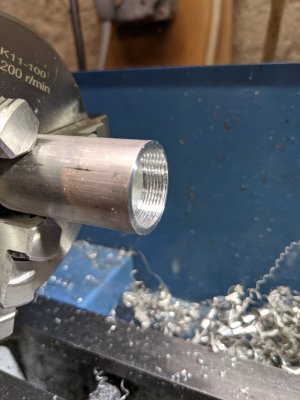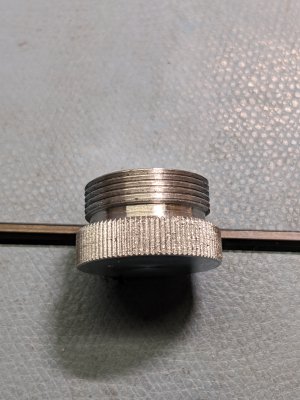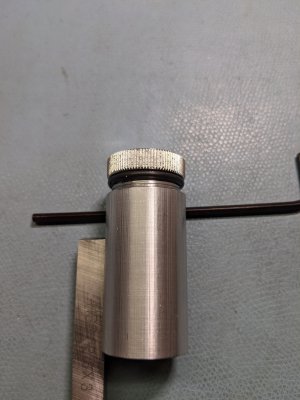- Joined
- Dec 18, 2019
- Messages
- 7,429
Of course! Can't believe I didn't think of that. Oh well, I cut down a set screw in the lathe. Good thing, since the flat was ground on the top of the bit. Next time, I will try the screw from the end. Soon, I should have some square HSS which should give me more options.



